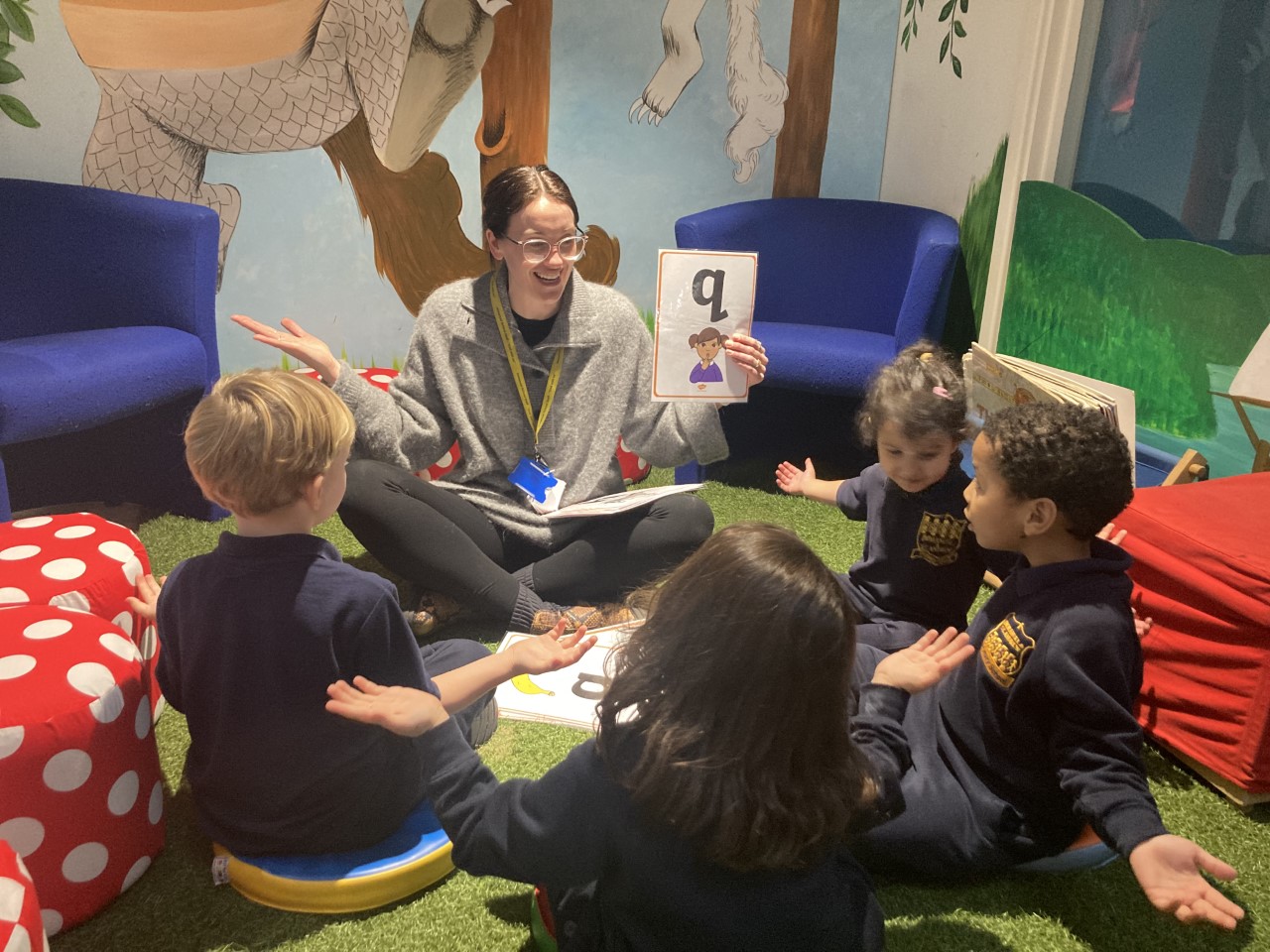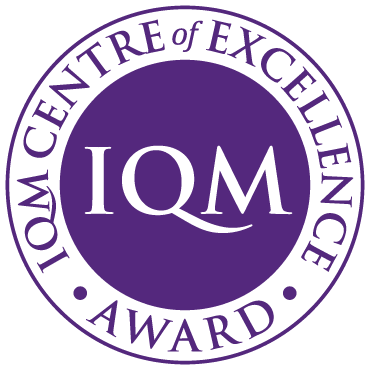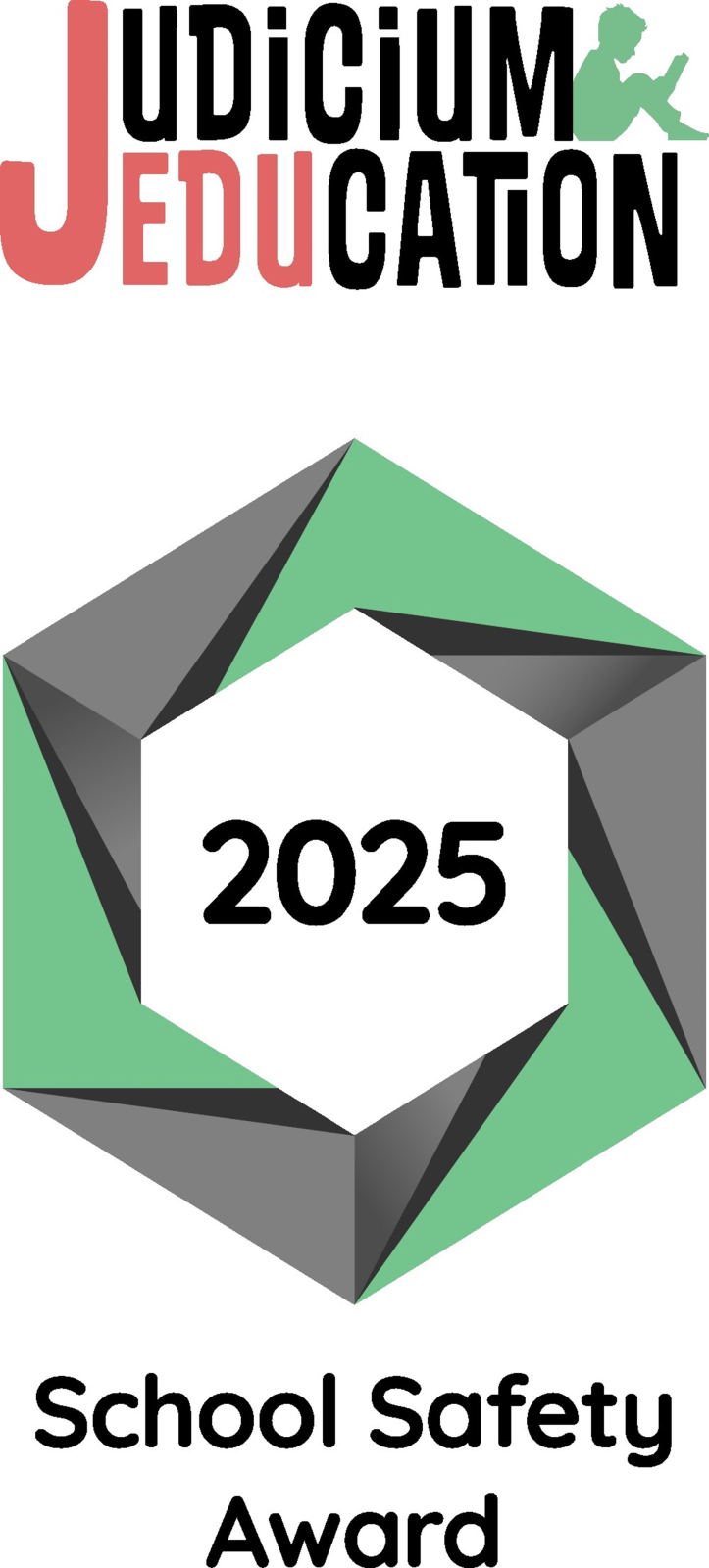Phonics
At Immanuel we strive to be consistent in our approach to Phonics. We follow the DfE approved scheme Jolly Phonics to teach Phonics from Nursery. This ensures that children are taught systematically and progressively as they move up the school. You can find out more about Jolly Phonics here.
We have consistently achieved well in the Year One Phonics screening test Post-Covid we are continuing to build on our firm Phonics foundation through quality first teaching and regular interventions, to ensure that no child is left behind. We recognise the importance of linking Phonics to Early Reading and ensuring that children are able to access books at the appropriate level. We know that through the teaching of systemic phonics we are empowering children and ensuring that they have the skills to access all other areas of the curriculum and contribute to their own wellbeing, with the ability to read and write with purpose and pleasure.

What is phonics?
Phonics is a way of teaching children to read and write. It helps children to hear individual sounds in words and know the different ways of spelling them, as well as teaching children to recognize the written sounds in the words they read.

How do we teach phonics at Immanuel?
In Nursery, children learn to identify environmental and instrumental sounds and explore rhythm and rhyme.
In Reception, children are taught to link sounds to letters of the alphabet and learn to blend and segment simple words. They begin to learn new digraphs and trigraphs and apply these to their reading and spelling. As they move through Reception children are taught to tackle more complex words such as those with more than one syllable.
In Year 1, children continue to build upon the phonics they learnt in Reception. They learn new sounds, focusing on alternate pronunciations and spellings.
In Year 2, children develop their fluency in reading and learning new spelling patterns.
Phonics sessions are always interactive, fun and engaging.
In Year 1 all pupils complete a statutory Phonics Screening Check in the summer term.

Word Bank
Children are taught lots of new phrases in Phonics and may come home and teach you some new words!
Phonics: A way of teaching children to read and write.
Phoneme: A single unit of sound.
Grapheme: A written symbol representing a sound.
Blend: Combining broken up sounds to make a word.
For example: c-a-t cat
Segment: Breaking up a word into separate sounds.
For example: cat c-a-t
Digraph: Two letters that make one sound. For example: ee or sh
Trigraph: Three letters that make one sound. For example: igh or ear
How can I help my child?
- Keep reading! The most important thing you can do is enjoy sharing books with your child. Phonics is an important part of learning to read but without a love of books and reading it becomes meaningless.
- Robot talk: this game helps children with blending – say things in a robot voice and get children to find them. E.g. can you find the c-u-p?
- Don’t worry! Children will get things wrong while they are learning phonics. They may read the sounds in word correctly but struggle to blend them together. They might miss out sounds when writing words. Keep encouraging your child and let them know it’s okay to make mistakes. If you are concerned do talk to your child’s teacher.
Useful websites
Mr Thorne has some useful videos about how to say the sounds correctly:
https://www.youtube.com/watch?v=LlTw0oiLNys
The following websites have some fun games to support reading and spelling:
https://www.phonicsplay.co.uk/
https://www.teachyourmonstertoread.com
http://www.familylearning.org.uk/phonics_games.html
http://www.letters-and-sounds.com/









